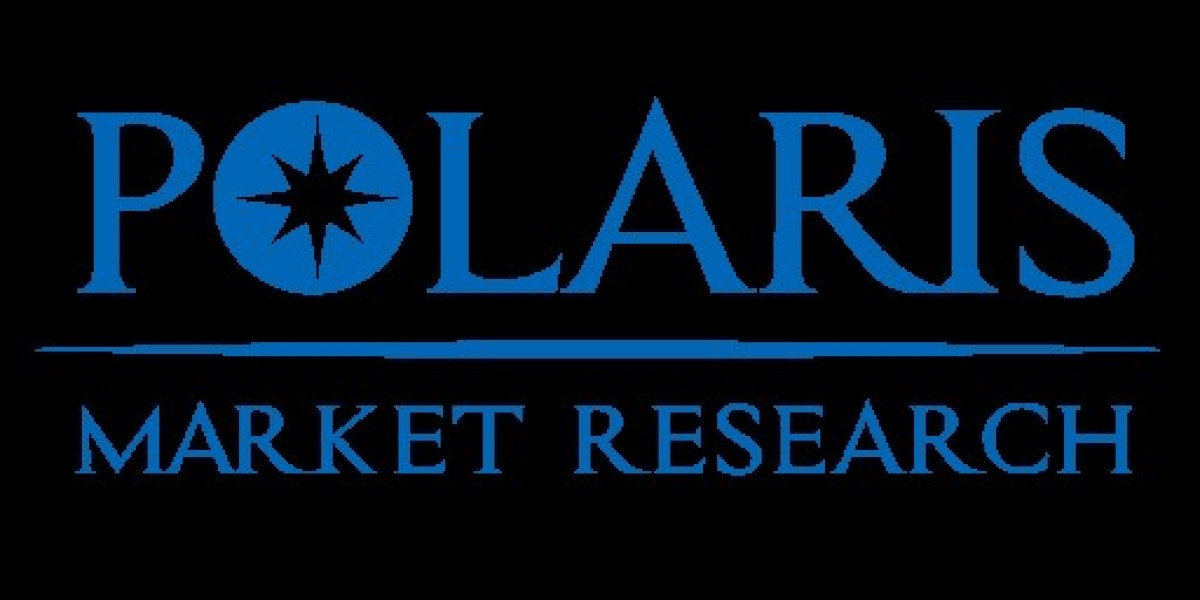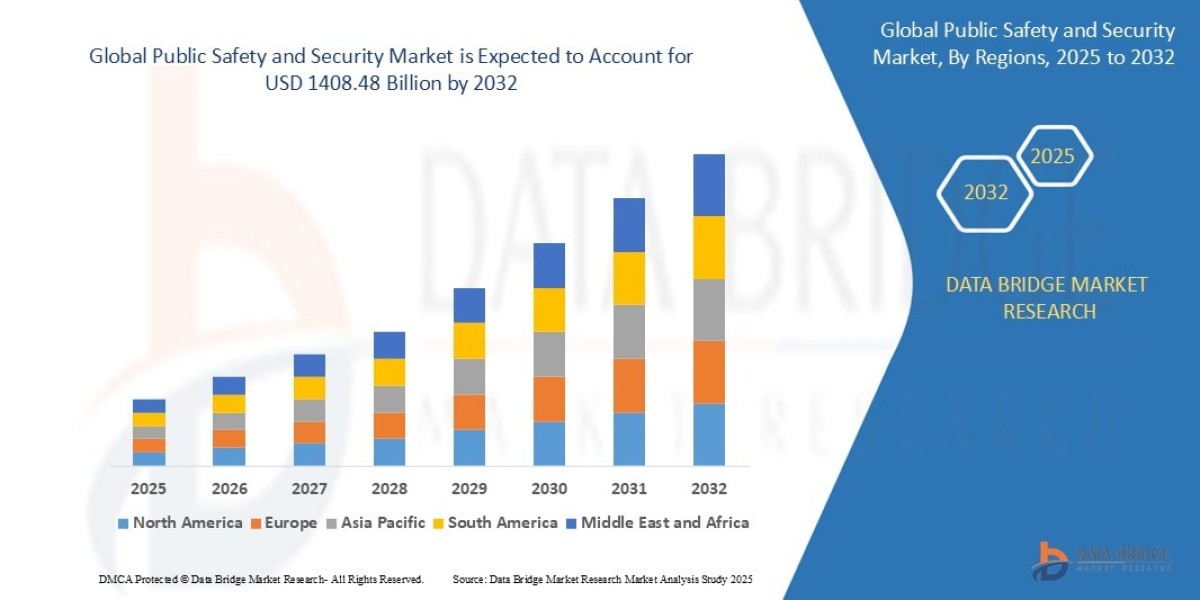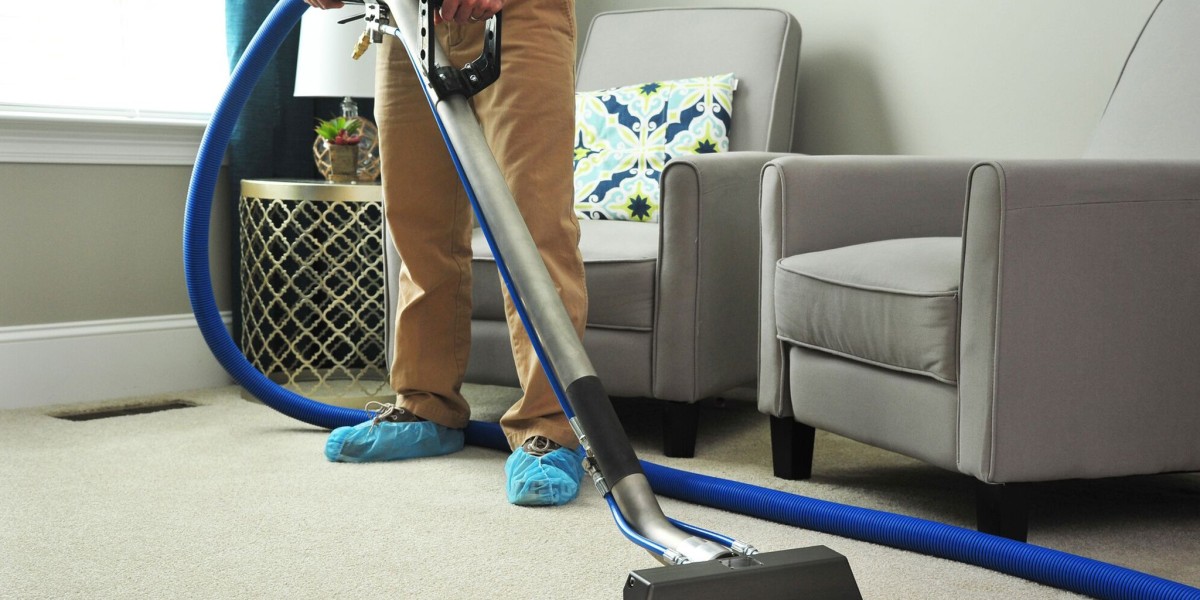The global comparator drug sourcing market, valued at USD 1.25 billion in 2024, is anticipated to grow at a CAGR of 5.9% from 2025 to 2034. This growth is being driven by structural shifts in clinical trial design, increasing regulatory expectations, and the growing complexity of drug development pipelines. As the market matures, segmentation by product type, application, and end-user is revealing key insights into growth trajectories, innovation hotspots, and performance benchmarks. Understanding these segment-wise dynamics is essential for stakeholders aiming to capture value in an increasingly competitive and specialized market.
Product differentiation is a central theme shaping the competitive landscape, particularly in the context of branded vs. generic comparator sourcing. Branded comparators, often sourced from reference countries such as the U.S., Germany, and Japan, remain the gold standard due to their regulatory acceptance and perceived quality assurance. However, the rising cost of branded drugs is prompting pharmaceutical companies to explore generic alternatives, particularly for non-pivotal or exploratory trials. This shift is creating opportunities for sourcing firms that specialize in identifying and validating bioequivalent generic comparators that meet regulatory standards. The ability to offer both branded and generic options with full traceability and compliance is becoming a key differentiator in the market.
Application-specific growth is another critical driver, with oncology leading the way in terms of volume and value contribution. The increasing use of immunotherapies and targeted therapies in oncology has heightened the demand for high-quality comparator drugs in pivotal trials. Autoimmune diseases and rare diseases are also emerging as high-growth applications, driven by the need to demonstrate clinical superiority against existing standard-of-care treatments. Segment-wise performance metrics indicate that sourcing firms with specialized expertise in these therapeutic areas are better positioned to capture market share and command premium pricing.
End-user segmentation highlights the dominance of biopharmaceutical companies and contract research organizations (CROs), which together account for the majority of comparator drug sourcing activity. Biopharma firms, particularly large multinational corporations, are increasingly outsourcing comparator sourcing to third-party specialists to reduce operational complexity and ensure compliance. CROs, on the other hand, are integrating comparator sourcing into their broader clinical trial management services, offering end-to-end solutions that streamline procurement, logistics, and documentation. Hospitals and academic research institutions also participate in the market, though to a lesser extent, primarily for investigator-initiated trials.
Read More @ https://www.polarismarketresearch.com/industry-analysis/comparator-drug-sourcing-market
Segment-wise performance is increasingly influenced by value chain optimization strategies. Companies are focusing on upstream integration—such as in-house regulatory intelligence units and digital sourcing platforms—to improve transparency and reduce procurement lead times. Automation and AI-driven analytics are being adopted to track global drug availability, pricing fluctuations, and regulatory updates, enhancing decision-making and risk mitigation. Moreover, the integration of cold chain logistics and real-time tracking systems is improving the reliability and traceability of comparator drug shipments, particularly for temperature-sensitive biologics.
Pricing strategies vary significantly across segments, with branded comparator sourcing commanding premium pricing due to the complexity of sourcing and regulatory compliance. However, increasing competition and the entry of cost-effective players in the generic comparator space are pressuring prices, particularly in early-phase trials. Companies are responding by introducing tiered pricing models, bundled services, and subscription-based access to sourcing databases to maintain profitability while expanding reach.
Innovation remains a key differentiator, with leading firms investing heavily in application-specific growth areas such as digital comparator sourcing platforms, blockchain-based traceability, and regulatory compliance automation. These developments are not only improving operational efficiency but also enhancing client trust and reducing the risk of supply chain disruptions.
The competitive landscape is marked by a mix of established pharmaceutical services firms and specialized comparator sourcing providers, each leveraging segment-wise performance data to refine their offerings and capture market share.
- Almac Group
- Wuxi AppTec
- Symbiosis Pharmaceutical Services
- BioPharma Services Inc.
- VxP Clinical Services
- Recipharm AB
- Charles River Laboratories
- Syneos Health
More Trending Latest Reports By Polaris Market Research:
U.S. Food Preservatives Market
Picture Archiving And Communication Systems
Mining Drills And Breakers Market
Cancer Or Tumor Profiling Market
Multi-factor Authentication Market
Cloud Mobile Backend as a Service (BaaS) Market


![Generative AI Market Size, Share, Trends | Growth [2035]](https://snapfier.s3.amazonaws.com/upload/photos/2025/05/3Ar2jitYndOqFFCodDzH_23_5338a5bd1447ab919c2e0011fd475ab7_image.jpg)






